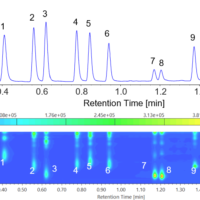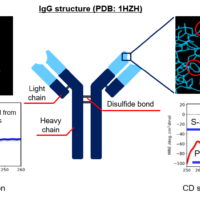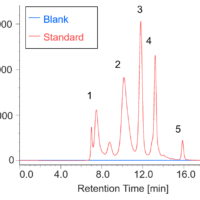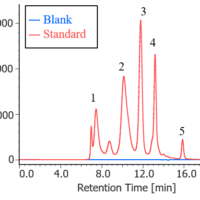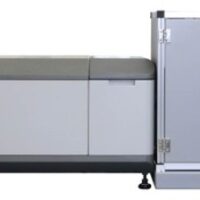Introduction
Veterinary drugs including antibiotics, antibacterials, antiparasitics have widely been used in livestock and fishery industries and are contributing the productivity. From the food safety point of view, some country has the regulations about agricultural chemical residues in foods, and it set the criteria for monitoring of the residual chemicals.
As one of the measurement methods for those veterinary drugs, there is a method of simultaneous detection of multi-components using the reversed phase chromatography and photodiode array detection (PDA detector).
In this report, 24 components were separated simultaneously by gradient method using the reversed phase ODS column of 2 µm particle and high sensitivity detection using PDA detector for UHPLC.
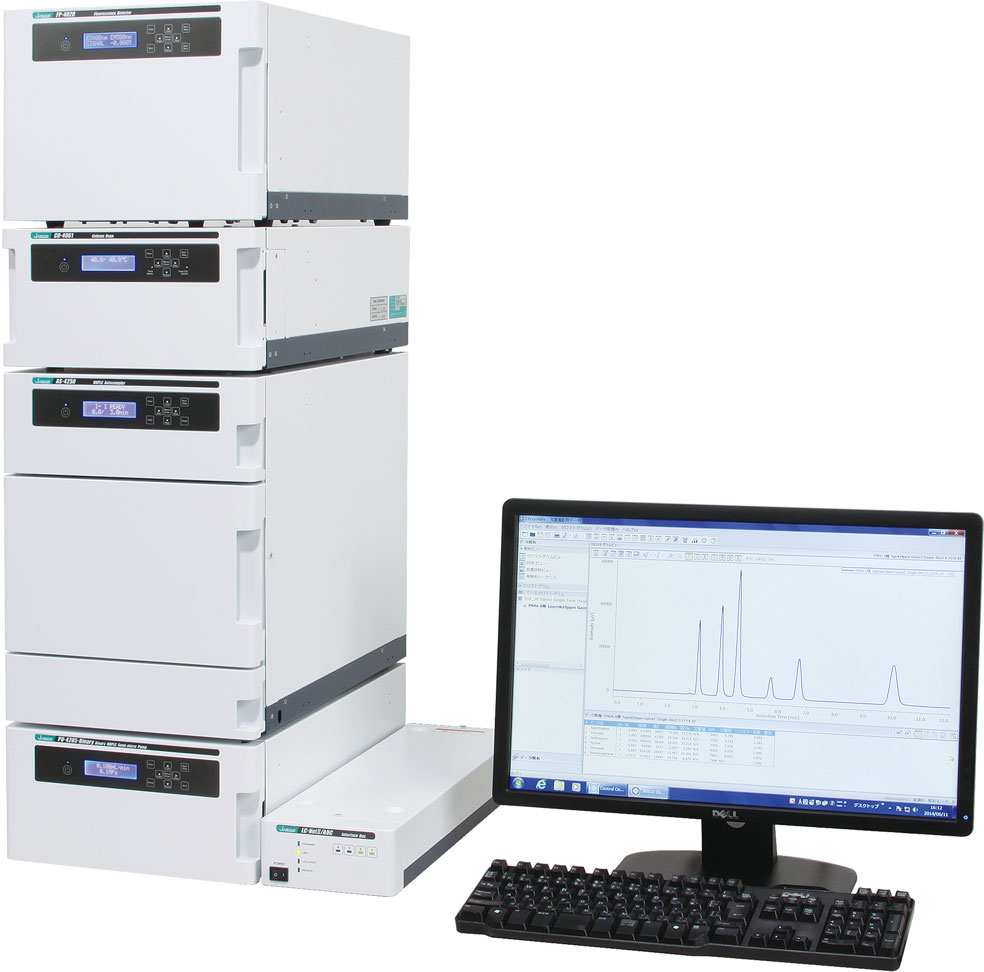
LC-4000 UHPLC system
Experimental
Column: X-PressPak V-C18 (2.0 mmID x 50 mmL, 2 µm)
Eluent A: 0.05% Phosphoric acid, 32 mM Sodium perchlorate in Water
Eluent B: 0.05% Phosphoric acid, 32 mM Sodium perchlorate in Acetonitrile
Gradient condition: (A/B), 0 min (99/1) -> 1 min(59/41) -> 4.5 min(59/41) -> 7 min(40/60) -> 8.5 min(10/90) -> 9.5 min(10/90) -> 10 min(99/1), 1 cycle; 10 min
Flow rate: 0.6 mL/min
Column temp.: 40ºC
Wavelength: 200-650 nm
Injection volume: 1 µL
Standard sample: See below
The structures of 24 components for veterinary drug are shown in Figure 1.

Figure 1. Structures of formula of typical veterinary drug
Keywords
UHPLC, Veterinary Drug, 2 µm particle, C18 column, PDA detector
Results
The contour plot of the standard mixture of veterinary drugs is shown in Figure 2. Twenty-four components are clearly separated within 10 minutes.
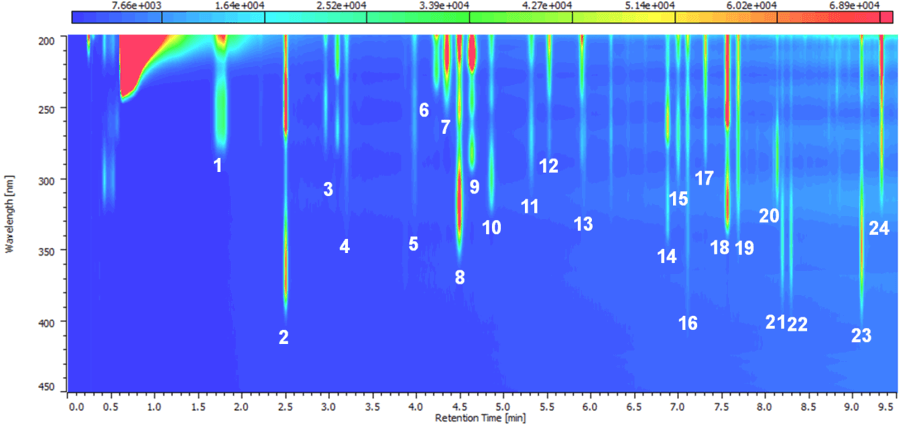
Figure 2. Contour plot of standard samples for veterinary drugs (1: AMP, 2: OQD, 3: CLP, 4: SMR, 5: SDD, 6: TPC, 7: LEV, 8: 5H-TBZ, 9: ALB-met, 10: TBZ, 11: SMMX, 12: TMP. 13: OMP, 14: OXA, 15: SDMX, 16: SQX, 17: PYR, 18: NAA, 19: FBZ, 20: TIL, 21: b-TB, 22: a-TB, 23: NCZ, 24: DLZ)
The chromatogram at each wavelength is shown in Figure 3.
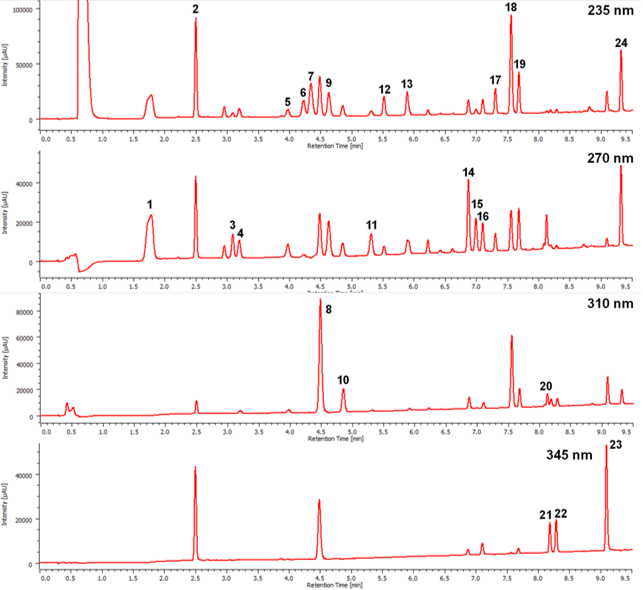
Figure 3. Chromatograms of veterinary drug.
235 nm; 2: OQD, 5: SDD, 6: TPC, 7: LEV, 9: ALB-met, 12: TMP, 13: OMP, 17: PYR, 18: NAA, 19: FBZ, 24: DLZ.
270 nm; 1: AMP, 3: CLP, 4: SMR, 11: SMMX, 14: OXA, 15: SDMX, 16: SQX.
310 nm; 8: 5H-TBZ, 10: TBZ, 20: TIL.
345 nm; 21: b-TB, 22: a-TB, 23: NCZ
On-peak spectrum of each component is shown in Figure 4.
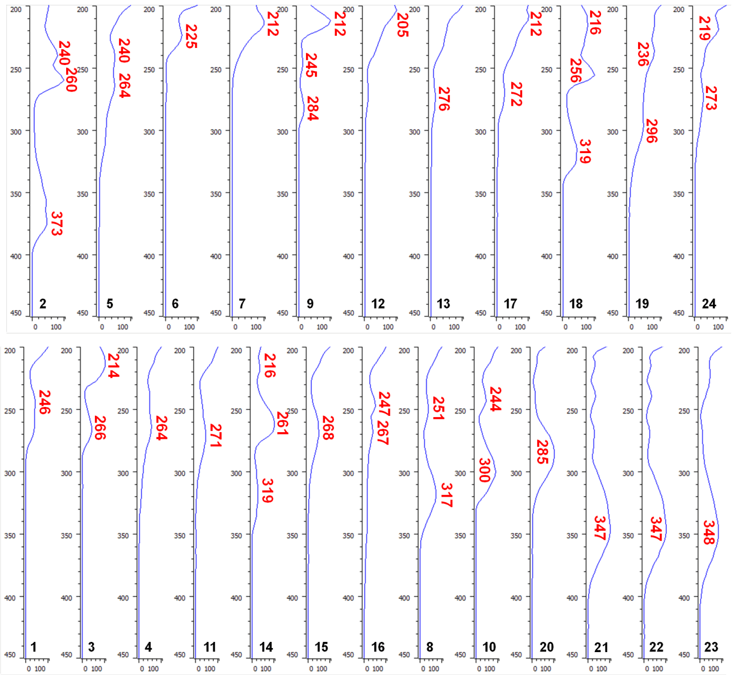
Figure 4. On-peak spectra of veterinary drugs.
235 nm; 2: OQD, 5: SDD, 6: TPC, 7: LEV, 9: ALB-met, 12: TMP, 13: OMP, 17: PYR, 18: NAA, 19: FBZ, 24: DLZ.
270 nm; 1: AMP, 3: CLP, 4: SMR, 11: SMMX, 14: OXA, 15: SDMX, 16: SQX.
310 nm; 8: 5H-TBZ, 10: TBZ, 20: TIL.
345 nm; 21: b-TB, 22: a-TB, 23: NCZ
Table 1. Sample contents per 1 µL injection
| ng | |
| Amprolium (AMP) | 79 |
| Olaquindo (OQD) | 40 |
| Clopidol (CLP) | 8 |
| Sulfamerazine (SMR) | 8 |
| Sulfadimidine (SDD) | 8 |
| Thiabendazole-5-hydroky (5H-TBZ) | 40 |
| Thianphenicol (TPC) | 40 |
| Levamisole (LEV) | 58 |
| 5-propylsulfonyl-1H-benzimidazole-2-Amine (ALB-met) | 58 |
| Thiabendazole (TBZ) | 8 |
| Sulfamonomethoxine (SMMX) | 8 |
| Trimethoprim(TMP) | 8 |
| Ormethoprim (OMP) | 8 |
| Oxolinic acid (OXA) | 8 |
| Sulfadimethoxine (SDMX) | 8 |
| Sulfaquinoxaline (SQX) | 8 |
| Pyrimethamine (PYR) | 8 |
| Nalidixic acid (NAA) | 40 |
| Flubendazole (FBZ) | 12 |
| Tilmicosin (TIL) | 40 |
| Trenbolone (TB) | 4 |
| Trenbolone (TB) | 4 |
| Nicarbazin (NCZ) | 40 |
| Diclazuril (DLZ) | 40 |
Figure 5 shows the chromatograms of the extracts from the spiked pork meat with veterinary drugs. It is seen that the peaks of the main components are eluted and separated without interference by concomitants.
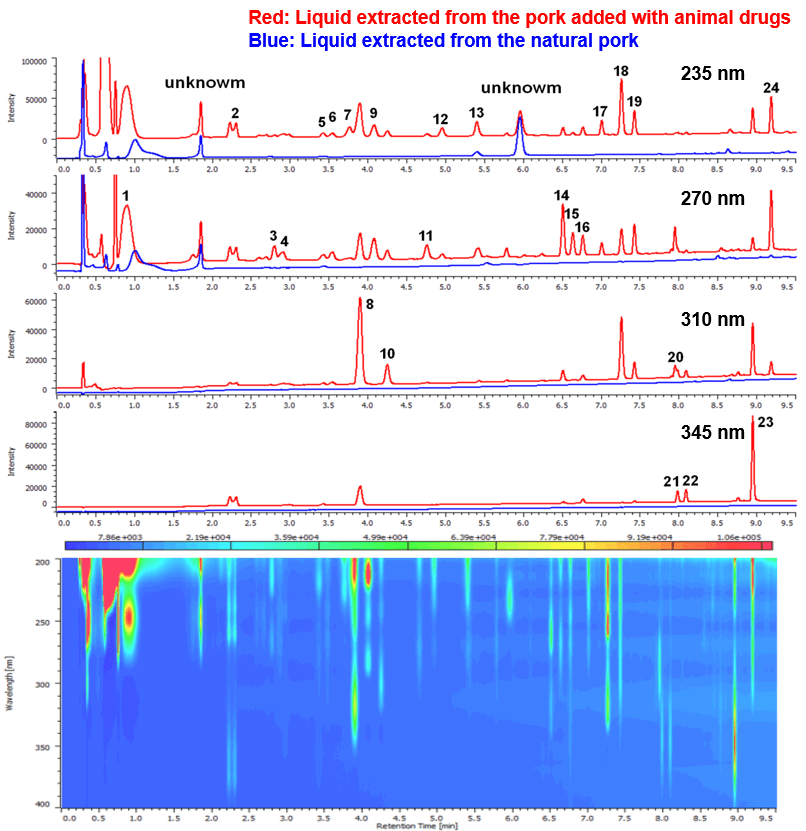
Figure 5. Chromatograms of the liquid extracted from the pork to which animal drugs are added.
Preparation.
(1)Weigh 2.5 g of pork.
(2)Dissolve the following samples: Acetonitrile: 12 mL, Standard mixture of animal drugs : 3 mL, n-Hexane saturated with acetonitrile: 10 mL, Anhydrous sodium sulfate: 5 g
(3)Apply ultrasonic extraction for 30 minutes.
(4)Apply centrifugal separation at 3000 rpm for 5 minutes.
(5)Apply centrifugal separation for residual material by adding 10 mL of acetonitrile and for n-Hexane in the organic layer at 3000 rpm for 5 minutes.
(6)Mix the acetonitrile layer in (4) and acetonitrile layer in (5), and add 5 mL of n-propanol.
(7)Concentrate at 40˚C by solvent elimination.
(8)Dissolve in Water/Acetonitrile (80/20).
(9)Add 0.25 mL of n-Hexane saturated with acetonitrile.
(10)Apply centrifugal separation at 3000 rpm for 5 minutes.
(11)Use Water/Acetonitrile layer as the sample to be injected.

